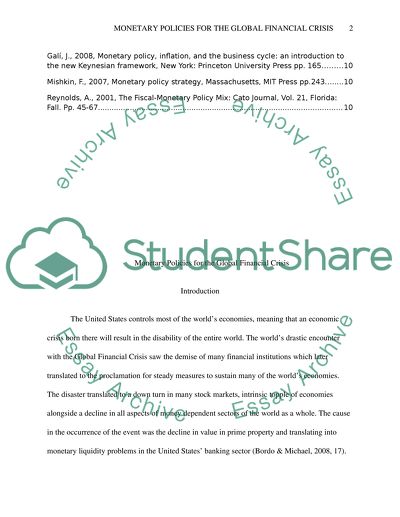Cite this document
(“Monetary Policy for Global Financial Crisis Assignment”, n.d.)
Monetary Policy for Global Financial Crisis Assignment. Retrieved from https://studentshare.org/macro-microeconomics/1435322-monetary-policy-for-gfc
Monetary Policy for Global Financial Crisis Assignment. Retrieved from https://studentshare.org/macro-microeconomics/1435322-monetary-policy-for-gfc
(Monetary Policy for Global Financial Crisis Assignment)
Monetary Policy for Global Financial Crisis Assignment. https://studentshare.org/macro-microeconomics/1435322-monetary-policy-for-gfc.
Monetary Policy for Global Financial Crisis Assignment. https://studentshare.org/macro-microeconomics/1435322-monetary-policy-for-gfc.
“Monetary Policy for Global Financial Crisis Assignment”, n.d. https://studentshare.org/macro-microeconomics/1435322-monetary-policy-for-gfc.


